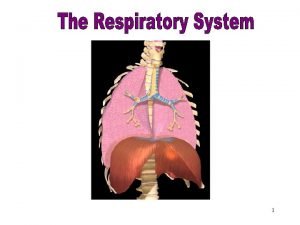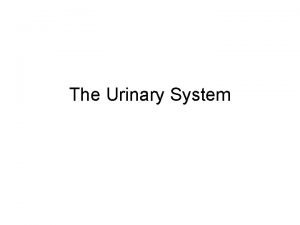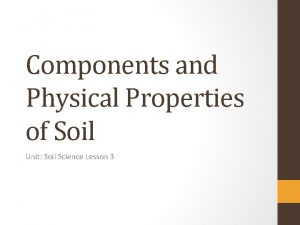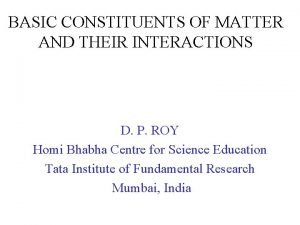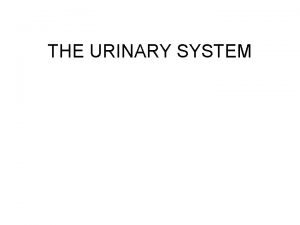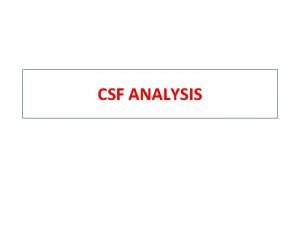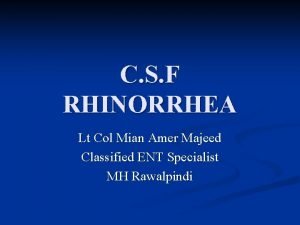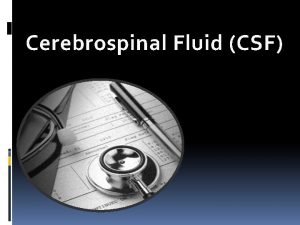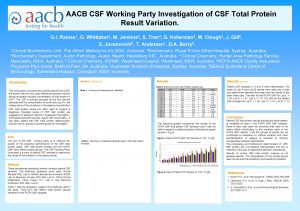CSF Rhinorrhea CSF Constituents CSF consists of a








- Slides: 8

CSF Rhinorrhea

CSF Constituents CSF consists of a mixture of : Water Electrolytes (Na+, K+, Mg 2+, Ca 2+, Cl-, and HCO 3 -) Glucose (60 -80% of blood glucose) Amino acids, and various proteins (22 -38 mg/d. L) It is colorless & clear Devoid of cells such as polymorphonuclear cells and mononuclear cells (< 5/µL).

CSF Production CSF is produced by choroid plexus (50 to 80%) at a rate of approximately 20 m. L/h (500 m. L daily). At any given time, approximately 90 -150 m. L of CSF is circulating throughout the CNS. Normal CSF pressure is 10 -15 mm Hg

CSF rhinorrhea Result of an osseous defect at the skull base coupled with a disruption of the dura mater and arachnoid with a resultant pressure gradient that leads to a CSF leak.

Etiology: Trauma Most common area - anterior cranial fossa: (cribiform and roof of ethmoid) Iatrogenic: Endoscopic sinus surgery most common cause

Etiology – Non-traumatic High Pressure Leaks Tumor growth (typically pituitary tumors) Hydrocephalus

Etiology – Non-traumatic Normal Pressure Leaks: 55% of non-traumatic cases Tumors and other osteolytic causes Tumors invade and erode skull base: Nasopharyngeal carcinoma, angiofibroma, inverting papilloma, osteomas Other osteolytic lesions Sinusitis Syphilis Mucoceles

Work-up History Clear, watery discharge from a single nare Supine positioning -> increased postnasal drip Salty taste in mouth Headaches relieved when CSF begins to drain Physical Nasal endoscopy Have patient lean forward and strain – may elicit a leak Compression of both jugular veins may elicit a CSF leak


